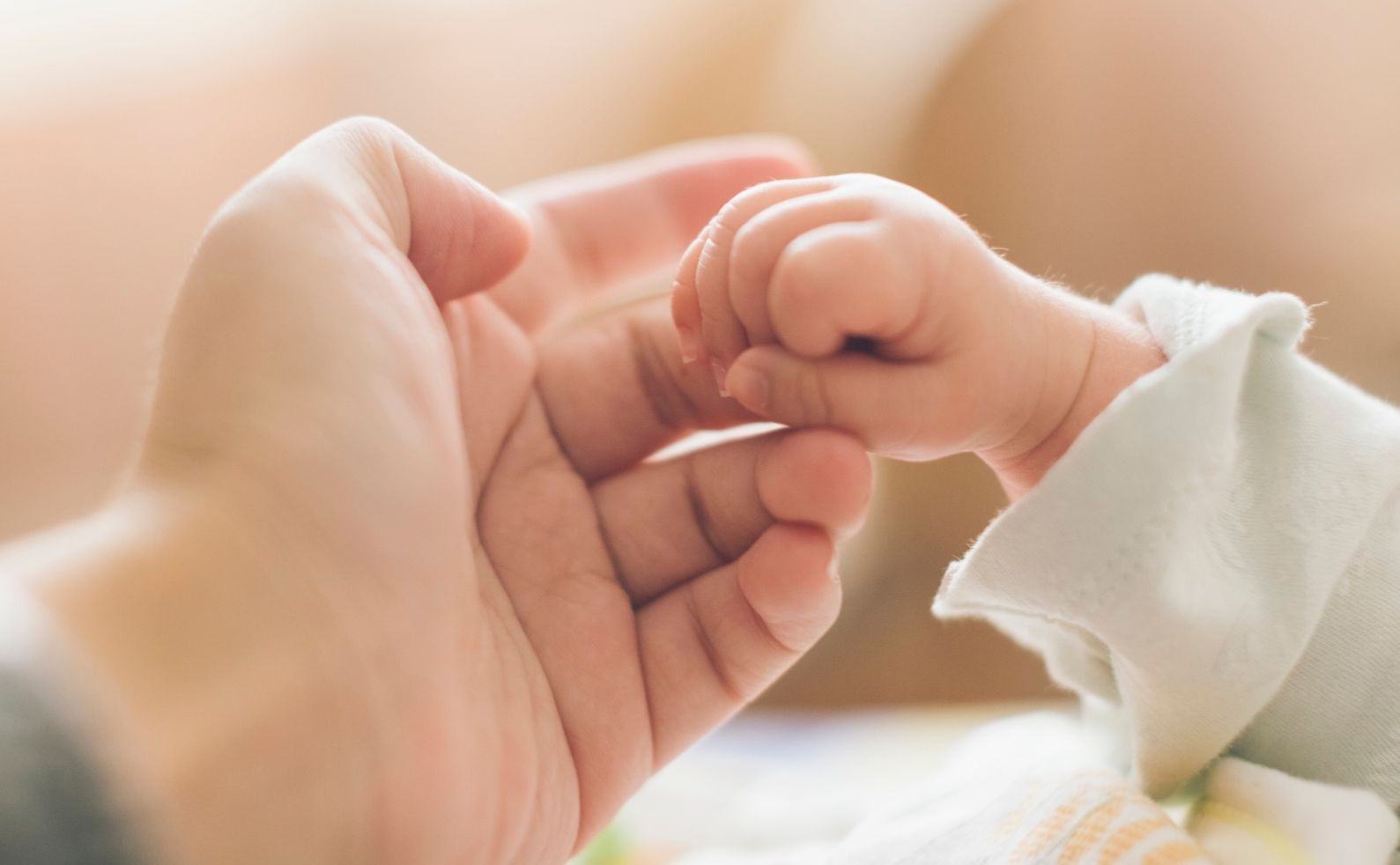Asia’s parents noticed that besides not being verbal, Asia struggled with standing, taking steps and holding objects in her hands. Their concern naturally grew as even with time and therapies, Asia was not showing any signs of improvement. Asia’s orthopedist diagnosed her with mild spastic tetra-paresis and recommended investigating the use of her stored stem cells for potential treatment.
Asia’s parents contacted their cord blood bank to explain Asia’s situation and were surprised and relieved to receive a positive response. Generally, doctors are hesitant to use one’s own stem cells for the treatment of certain diseases, as these cells may also contain the diseased gene. However, since Asia’s condition was caused by lack-of-oxygen and not something genetic, the cord blood bank agreed that a transplantation of her own stem cells just might work!
Asia underwent two treatments at Duke University in the Unites States which were easy and pain-less for both Asia and her parents. A few weeks after, her parents and the orthopedist started noticing miraculous improvements in the young girl. Asia was able to walk and climb and hold things in her hands! With such recovery, the orthopedist decided to discontinue her therapy and suggested Asia take on a sport.
Now at just over four years old, Asia has attended Kindergarten, danced in recitals and is proudly communicating with her parents, teachers and classmates.
Asia’s parents were skeptical in the beginning about banking her cord blood, but in the end, they were thankful they did. Read her full story here.
Learn more about the Pro’s & Con’s of Cord Blood Banking in this video.

